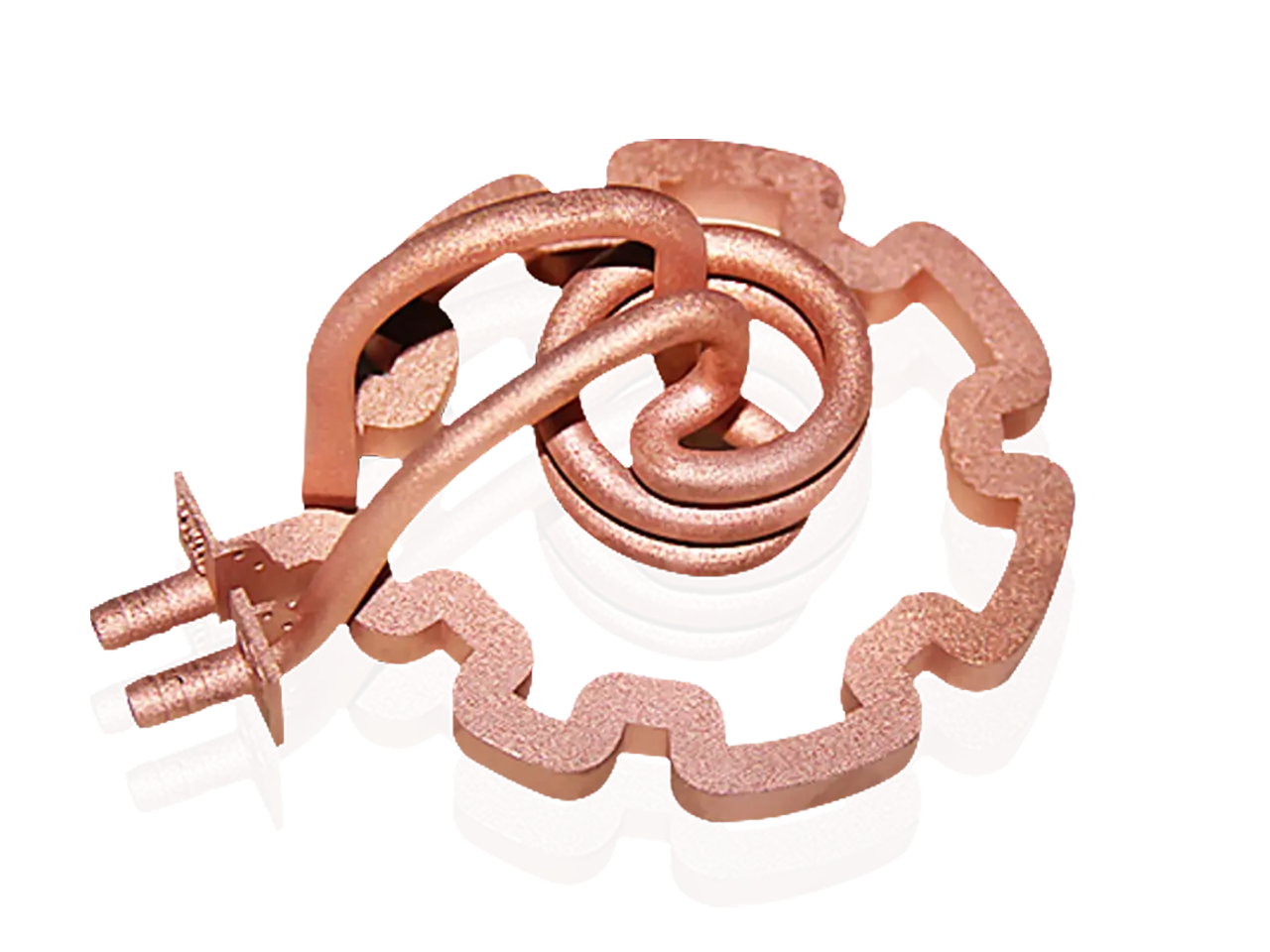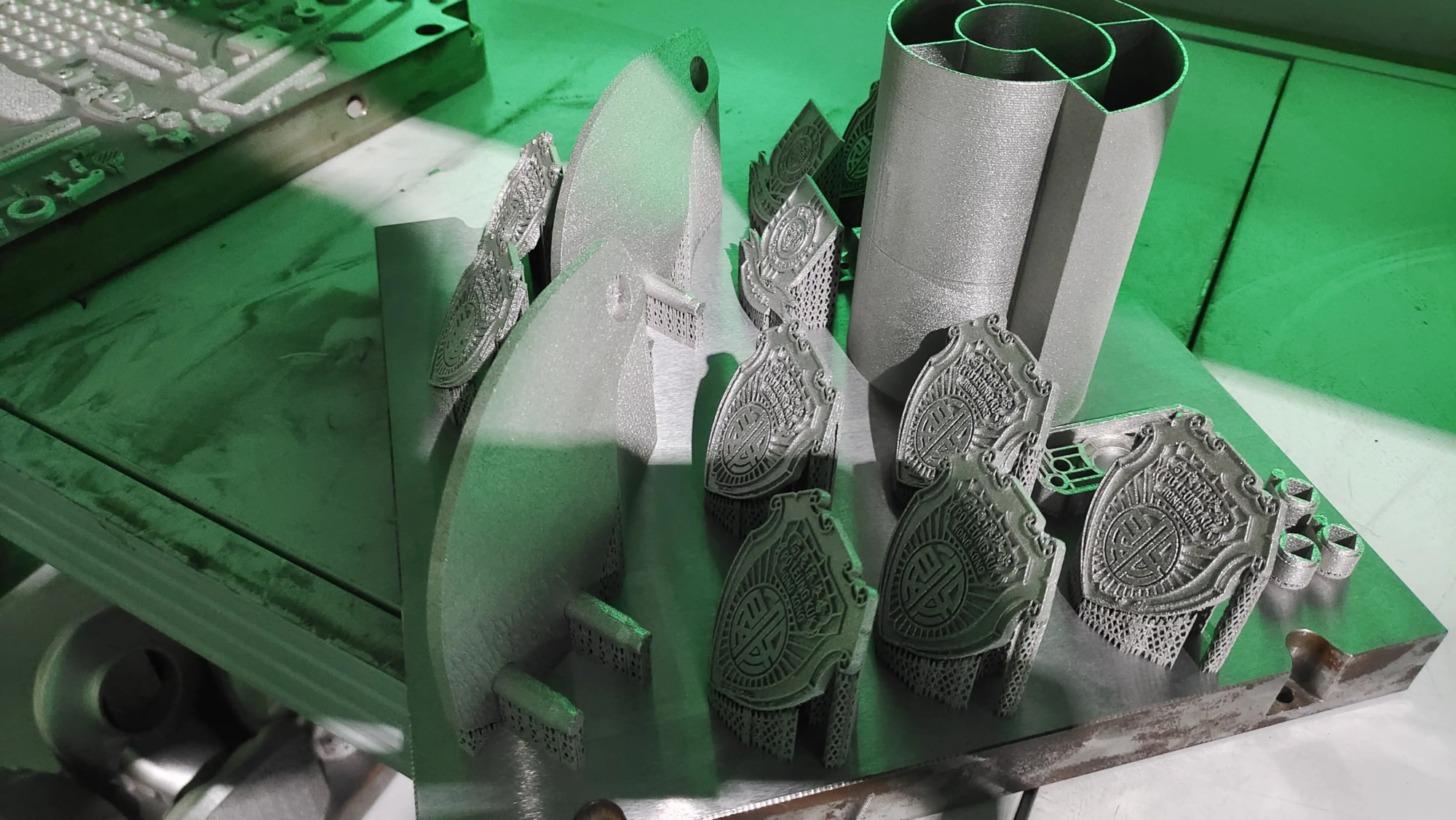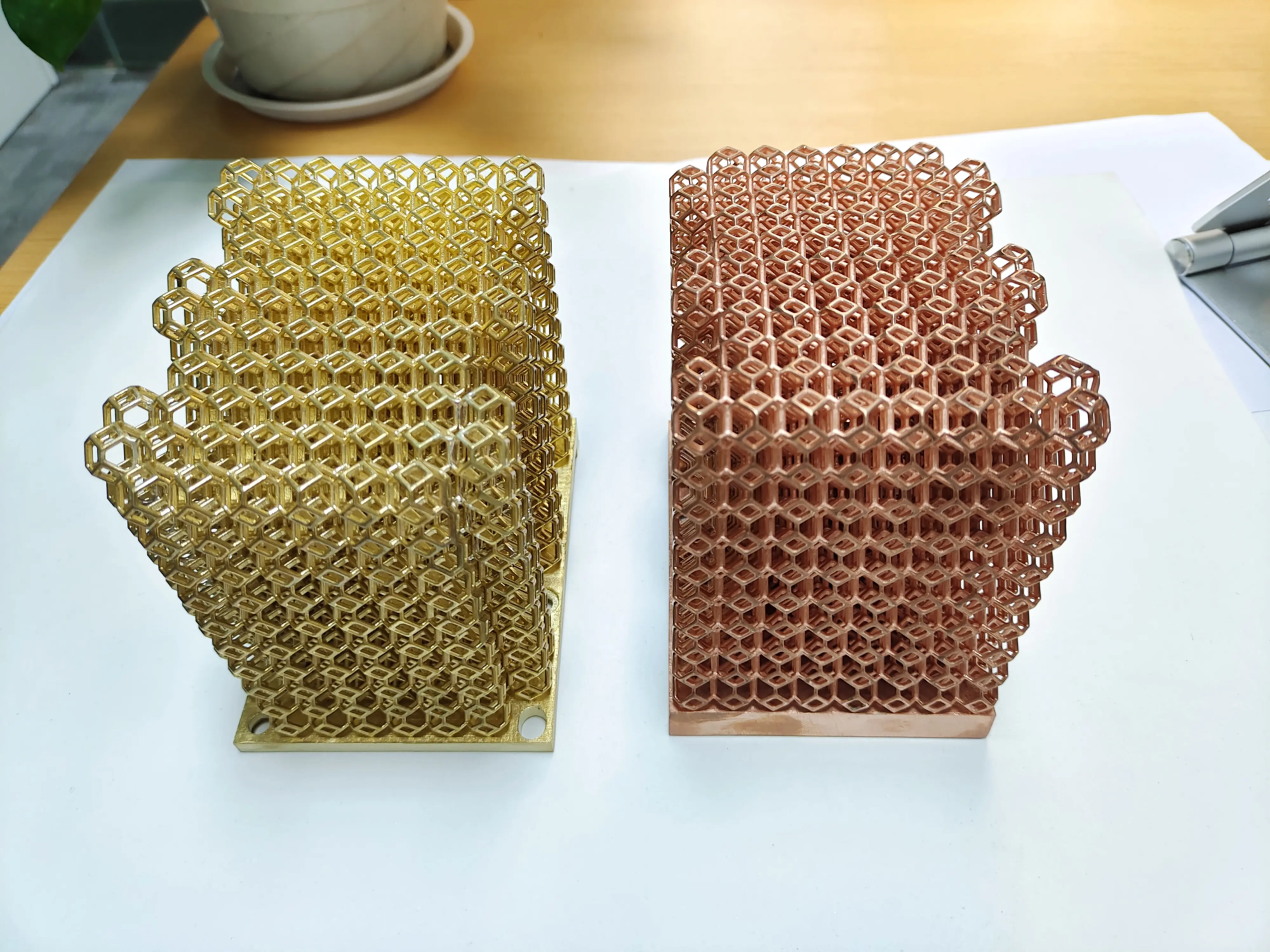Introduction: The evolution of hand fidgeting
Fidget cubes are increasingly popular as compact stress-reducing tools that provide tactile engagement for fidgety fingers. While plastic versions dominate the market, 3D printing allows for unprecedented customization—allowing you to design cubes with unique mechanisms, textures, and even metal components. For enthusiasts, this DIY approach is a creative adventure. But what if you need industrial-strength durability or complex metal geometries? This is where professional rapid prototyping shines. As a leader in this field, huge light Combining cutting-edge 3D printing technology with precision machining, you transform digital designs into perfect physical parts, whether you’re prototyping a fidget cube or an aerospace component.
In this guide, we’ll walk through the steps of designing and printing your own fidget cube, discuss material best practices, and reveal when to leverage professional services like GreatLight to enhance your project.
Why 3D print fidget cubes?
- personalization: Integrate custom logos, ergonomic tweaks, or theme aesthetics.
- Cost effective: Avoid minimum order quantities; print on demand.
- Functional testing: Quickly iterate on designs (for example, adjusting button tension or gear tolerances).
- Material innovation: Try stainless steel, titanium or copper alloys instead of plastic for weight and texture.
Step-by-step guide to 3D printing
1. Design stage
software tools:
- Model the cube using TinkerCAD (beginner) or Fusion 360 (advanced). Focus on six different aspects:
- Button (domed or concave)
- Gear/Spinner
- toggle switch
- Tactile scroll wheel
- Silent sliders (e.g. labyrinth grooves)
- Joystick or dial
For tips: Leave 0.2–0.3mm gap between moving parts to avoid friction. For metal printing, increase the tolerance to 0.5 mm to account for sintering shrinkage.
2. Material selection
| Material | most suitable | limitation |
|---|---|---|
| Polylactic acid/ABS | Beginner, low cost | Easily worn over time |
| TPU (flexible) | Silent button, grippy texture | Need slower printing speed |
| Metal (SLM) | Heavy duty use, high quality feel | Professional printing required |
critical insight: Metal fidget cubes benefit from Ferrite’s SLM (Selective Laser Melting) technology that fuses fine metal powders (aluminum, stainless steel, etc.) layer by layer to achieve unparalleled precision. Post-processing options such as polishing or plating can add corrosion resistance or customize colors.
3. Printer settings
- Floor height: Smooth surface is 0.1–0.15mm.
- filling: 20-30% for balance between strength and material use.
- support: Use tree supports for hanging (e.g., toggle switches).
- speed: Detail accuracy ≤ 50mm/s.
troubleshooting: Transformation? Use a glue stick or a heated chamber to increase the adhesion of the bed (critical for ABS).
4. Post-processing
- plastic: Sand gradually (200 → 800 grit), then polish the ABS with acetone vapor.
- Metal: [GreatLight Advantage] Their one-stop services include stress-relieving heat treatment, dimensional accuracy CNC machining, and sandblasting for a matte finish.
When to Choose Professional Rapid Prototyping
Although desktop printers are suitable for PLA prototyping, Metal parts require industrial expertise. GreatLight solves key challenges:
- Warping/cracking: Internal SLM printers use a controlled argon environment to prevent oxidation.
- micro details: Uses 400W laser to achieve 0.05 mm accuracy, critical for interlocking gears.
- Certified materials: Medical grade titanium alloy or flame retardant alloy, meets the requirements.
case study: A customer ordered 500 stainless steel fidget cubes embedded with the company’s logo. GreatLight delivered the SLA resin prototype within 48 hours, optimized the design for mass production, and applied the black oxide coating—all under one roof.
Conclusion: From Idea to Tactile Reality
3D printing democratizes the creation of fidget cubes, and expertise can turn good ideas into exceptional products. Whether you’re a maker prototyping a one-off novelty product or a startup aiming for mass production, balancing DIY experimentation with industrial capabilities ensures success.
Looking to the future: Innovations like multi-material printing (for example, combining soft-touch surfaces with metal cores) will redefine sensory tools. Companies like GreatLight are staying ahead of the curve by investing in hybrid manufacturing and AI-driven quality control.
Ready to test your design? GreatLight provides instant quotes on prototyping – upload your .STEP file [here] Start with a metal, plastic, or hybrid fidget cube.
FAQ
Q1: How much does a 3D printed metal fidget cube cost?
A: With GreatLight’s SLM services, pricing starts at $35/piece (stainless steel) or $85/piece (titanium) for small quantities (1-10 pieces) – including finishing. Prices drop by 40-60% for over 100 units due to economies of scale.
Q2: Can I print a Rubik’s Cube without supports?
A: Only available for ultra-precision FDM setups. Most designs (especially overhangs >45°) require supports. GreatLight’s automated support algorithms minimize cleanup efforts.
Q3: What is the fastest turnaround time for metal prototypes?
A: GreatLight’s expedited service can ship within 72 hours for resin prototypes and within 5 days for metal prototypes.
Q4: Are 3D printed metal cubes safe for children?
A: They are harmless after post-processing to remove sharp edges (by tumbling/polishing). Specify "food safety" Coating provides extra security.
Q5: How durable are metal and plastic fidget cubes?
A: PLA lasts about 6 months with daily use. SLM printed stainless steel Lasts over 5 years without wear and is ideal for high stress components such as spinners.
Q6: Can GreatLight handle multi-part assemblies (such as springs in buttons)?
Answer: Yes! They design integrated mechanisms (such as fixed hinges) or assemble printed parts using laser welding.
Diet Focus: As an ISO 9001 certified leader in rapid prototyping, GreatLight combines German-designed SLM machines with more than 15 years of expertise in the medical, automotive and consumer goods sectors. Customers include Fortune 500 companies seeking mission-critical durability. [Explore case studies]





